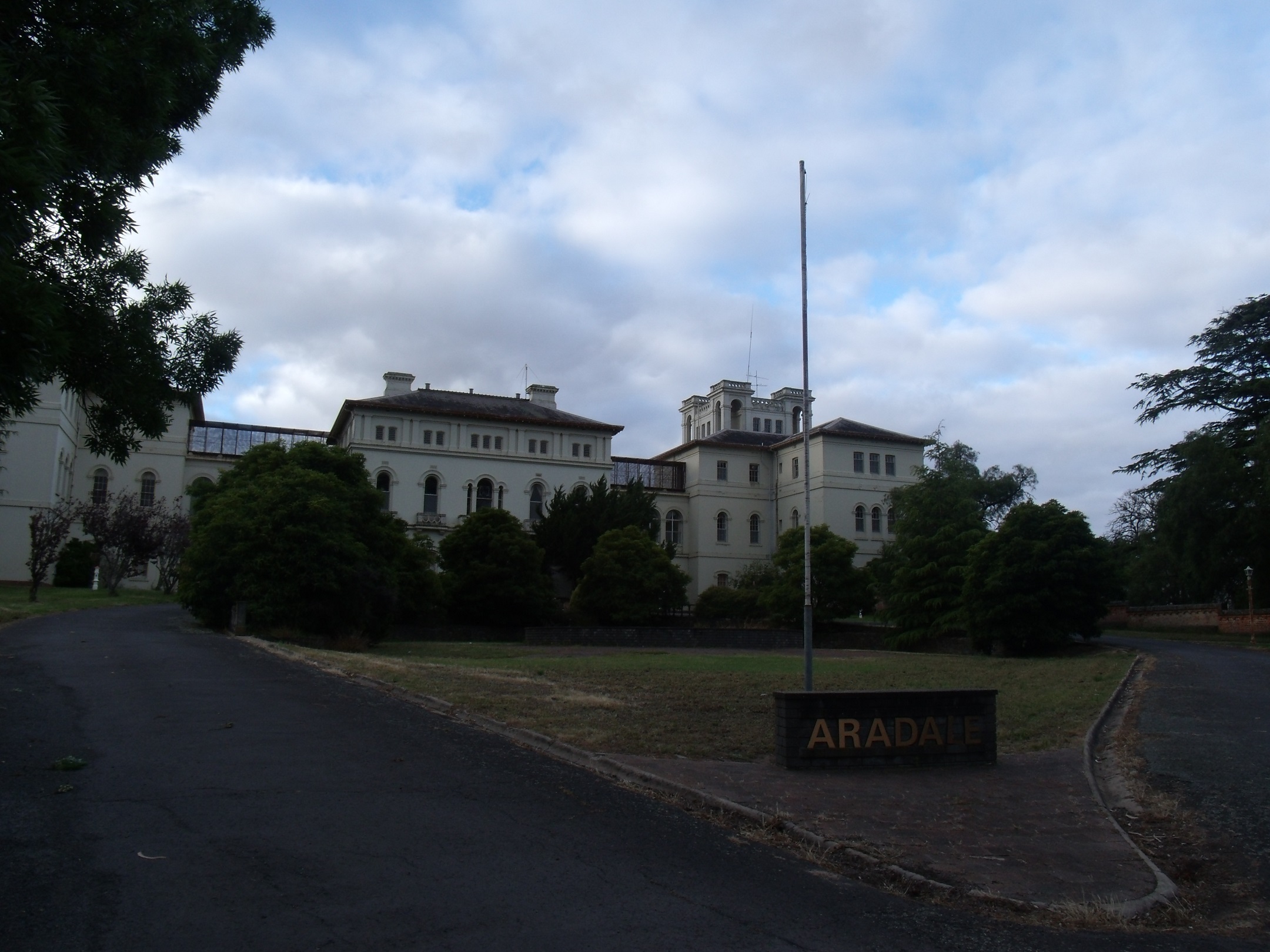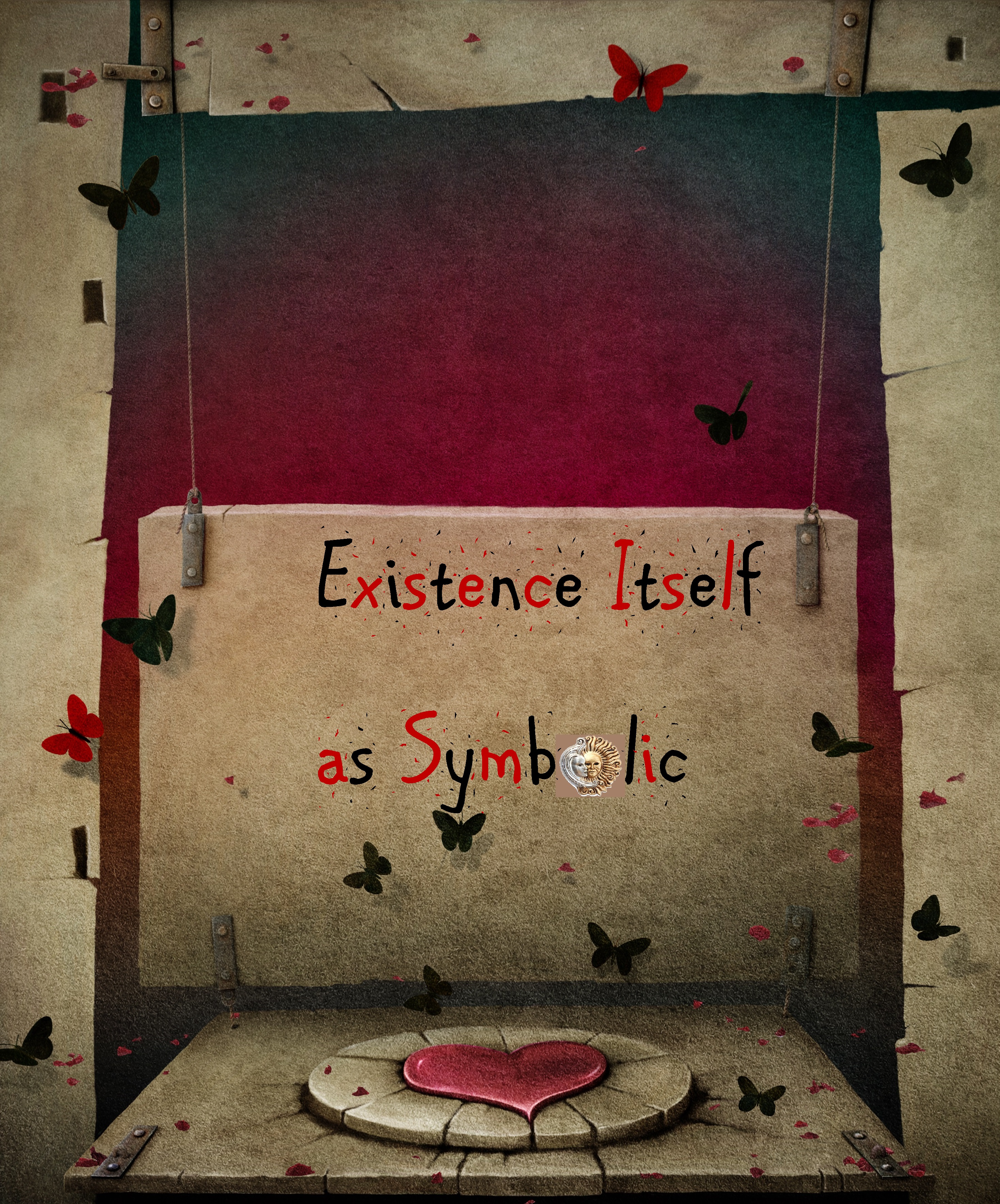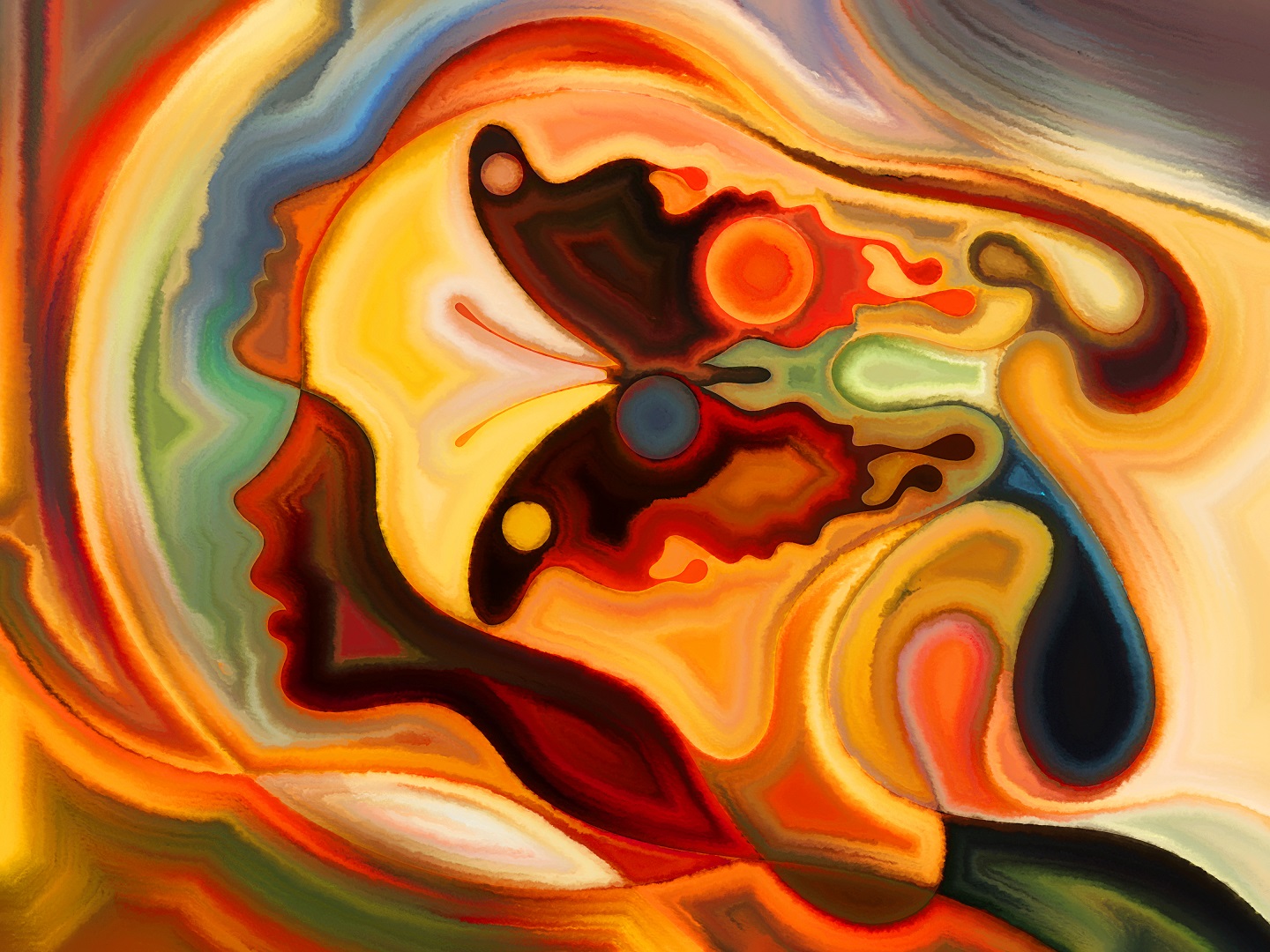Scouring the records we see that the Aradale Mental Asylum exhibited a residential cocktail of fascinating individuals. I would postulate that for most, the tactless indiscretion of verbalizing outrageous beliefs about the cosmos combined with the short-fused nature of relatives, friends, or acquaintances exasperated and fed up with the recurrence of the former would have occasioned this permanent incarceration. The entire gamut of delusions I encountered range from the mild eccentric ramblings of somebody left-of-the-middle in their perception of reality to the exalted religious visionary experiences of a homicidal maniac. On June 19th 1889, a single labourer by the name of John Faulkner (alias Patrick Fogarty)[1] landed himself in the maximum security psychiatric ward for the criminally insane (J-ward) after entrusting to another the believe that the man whom he’d murdered possessed paranormal powers and could exact retribution from beyond the grave. Similarly, Thomas Parker Ewing[2] was a Melbourne native from Brunswick St, Fitzroy who found himself on the dreaded road to Ararat in December of 1906 after externalizing the conviction that everything and everyone was involved in a treacherous conspiracy to assassinate him. In the patient records his ‘delusional melancholia’ is traced back to an imagined incidence involving two spirited larrikins. One day he was meandering about the street and accidentally tuned into their cryptic ‘conversation’. “What is in the East?” the first one queried. “I see a rope and an empty coffin,” the other replied. Ewing rationalized this exchange as an explicit reference of his inevitable fate.
Yet another, a twenty-five year old Ballarat native named John Scott Ramsey[3], bore witness to an unprecedented celestial phenomenon; a terrestrial representation of Australia appeared on the surface of the solar orb before the latter divided into two distinct parts. A professional somehow got hold of this information and ascertained that an atypical experience of this kind rendered one unfit for free participation in the greater community; he decreed that Ramsey be committed on December 7th 1906. He was joined on the same day by forty-seven year old father of three David Marshall Baird[4], a man who believed in all solemnity that he couldn’t eat because he was without a stomach. Baird also entertained a fantasy that he was some kind of mythological figure like Atlas; the Titan’s punishment of holding Uranus upon his shoulders somewhere near the western edge of the earth seems to have found a twentieth century voice in Baird’s earnest conviction that he was required to hoist the world up in its proper place and keep it from shattering. Two months afterward these unfortunate souls made the acquaintance of William Smith[5], a chronic alcoholic claiming to be a mindless implement of the Devil. Smith freely admitted that this entity demanded strict obedience to his will; he had to assume unusual positions for protracted periods and remain there until further notice. The repercussions of not submitting to these preposterous demands were to be struck dead.
The particularities of this drug-induced psychosis sound nearly identical to the symptomology of Janet’s celebrated Achilles case, pivotal in the evolution of modern-day psychiatry because it facilitated a much deeper understanding of the dynamics of pathogenesis. Presented under the auspices of the mechanism of dissociation in his L’Automatisme Psychologiques (1889), Janet explained that these ‘spirits’ and ‘devils’, in effect auditory hallucinations, weren’t grounded in authentic experience as such but had manifested in consciousness as pathological affect reverberating from a past traumatic event. Janet described them in the context of associative systems of ideas, or existences secondes that disengage from the normative stream of consciousness through the activation of dissociative mechanisms and sustain an autonomous existence for as long as the underlying psychopathology remains unaddressed. In the Janetian model of mental illness the amplitude of perceived psychic disturbance is inextricably linked with levels of dissociation; the greater the affect, the wider the gaps between the splintered streams of consciousness. Conceptually existences secondes may be equated to Freud’s compulsions and obsessive phenomena and to Jung’s autonomous complexes.
Also, I should add that the patient literature records ‘delusions’ that sound like higher-order hallucinations. In direct contradistinction to their debilitating lower-order counterparts, these manifest from the deepest layers of the patient’s psyche in a bid to actualize inner motives. Unlike the lower-order which invade every cerebral nook and cranny and seek to dismantle all vestiges of hope and willpower, the higher-order are supportive, sensitive, religious, and instructive with a genuine respect for personal sentiments. By interjecting rich symbolic and nonverbal content into consciousness, they reawaken a resolve and sense of higher meaning and purpose that thawed out at the onset of the ‘madness’. To give a tangible example it looks like Victor Theodore Schurmann[6], a young boy admitted on the 14th September 1909 on account of ‘primary dementia’, frequently engaged in internal conversations with a higher entity that presented visually in the guise of Jesus Christ. Proof of their affirmative scope on the patient’s functioning is seen in his progress notes, where it can be certified that a marked improvement in both physical and mental health unfolded until about 1915. David Dewitt[7], a dangerous inmate transferred from Aradale Mental Asylum to J-ward on 11th June 1906, had very potent ones involving archangels, the Virgin Mary, and his sister from Brisbane. One morning, while attempting to put an end to his life with a noose in his prison cell, an angel materialized and informed him that to depart from the corporeal world would mean a joyous reunification with those that were ‘nearest and dearest’ to him. On another dark and pitiful occasion he saw a vision of the Blessed Virgin Mary who articulated, “David you’ll have to leave this body behind and follow me, I have an abode of bliss for you.” Here, we can see that the tacit archetypal figures could arrive at no practical and sustainable solution for David’s deplorable circumstances other than to suggest the termination of embodied life, which they did!
Finally we have a minority demographic who in my opinion probably wound up in the mental asylum for being social misfits of the age. We see that Duncan Cameron[8], a fifty-year old bank clerk from Ballarat wasn’t nearly as discrete about his mediumistic talents of communing with denizens of the netherworld as he should have been. This landed him a few appointments with the local psychiatrist, certainly a phlegmatic, ‘rational’, automatous, and detached clinician intolerant of radical eccentricities. He would have ascertained, in his professional opinion, Duncan’s condition to fall within the diagnostic parameters of ‘delusional insanity’ and that would have been enough ammunition for a one-way ticket to isolation. A most facetious fact is that even after his imprisonment, Duncan still had no qualms about reporting nocturnal communions with the departed souls of former inmates to wardens and nurses! The same luck befell a butcher named William Joseph Bennett[9] after he spoke candidly about ‘delusions of a religious nature’ that revolved around the omniscience of God and his inclination to offer up splinters of the future in dreams. In this day and age we would say that William had simply undergone a psychic opening or an attunement to precognitive visions and leave it at that. From the clinical notes we discern that William was an avid entertainer; he liked singing, writing poetry, and facilitating a vigorous rapport with like-minded others. A critique levelled against him was that his speech was coloured by sexual slurs and intimations. From the list of ‘symptoms’ recorded, the initial impression of this man tends not towards a raving ‘lunatic’ at all but towards an extroverted and progressive artist with repressed homosexual tendencies, or sexual preferences deemed taboo for the time.
The first man responsible for drawing media attention to this illegitimate phenomenon was Charles Wharton[10]. Originally a miner from Burnham in England, Wharton managed to escape from the asylum some forty-three years after his induction. (He was admitted on January 9th 1872 and escaped on January 19th 1915.) He was swiftly picked up and detained by the local police, however throughout the course of the inquisition the officer in charge found him to be of sound character and intellect, with no detectible signs of ‘lunacy’ whatsoever. At this point in time Wharton took the liberty to inform the authorities that all three petitions seeking his emancipation from the asylum had been eschewed by the superintendent. This statement was instrumental in opening up a very big can of worms; it cast a public veneer of suspicion over the criteria for candidature into Australian mental asylums and the guiding moral and socio-political principles under which these institutions operated in general. In the end, what could have evolved into further embarrassment, negative publicity, and perhaps an official investigation at the behest of the Ararat authorities was ingeniously thwarted by the superintendent whose official response was to discharge the recaptured man on September 25th of the same year.
At any rate of the ten abovementioned inmates the fate of the first, second, and seventh is unknown; the third and tenth were fortunate enough to be discharged; and the fourth, fifth, sixth, eighth, and ninth would live out the remainder of their days in captivity. Thankfully, our understanding of mental disorders had progressed significantly since the early 1900s, enough as to collectively accept their reintegration into society. No longer do we feel inclined to lock up these disenfranchised minorities behind gargantuan walls and up high in iron-clad citadels as if they were infected with the bubonic plague. No longer do we ridicule, denigrate, misunderstand, or vilify them. No longer do we judge them for the chronological gamut of circumstances that landed them in the quicksand of uselessness and unproductivity. No longer do we strip them of basic human legal rights by allowing doctors to sign them into the care of provincial mental health care facilities… Or do we?
[1] Case Book of Male Patients 1887-1905, Unit 4, Vol J Ward, Series Number VPRS 7403, Consignment Number P0001, Public Record Office Victoria, Archives Department, file no. 58.
[2] Case Book of Male Patients 1906-1908, Unit 9, Vol 1, Series Number VPRS 7403, Consignment Number P0001, Public Record Office Victoria, Archives Department, file no. 4125.
[3] Case Book of Male Patients 1906-1908, Unit 9, Vol 1, Series Number VPRS 7403, Consignment Number P0001, Public Record Office Victoria, Archives Department, file no. 4158.
[4] Case Book of Male Patients 1906-1908, Unit 9, Vol 1, Series Number VPRS 7403, Consignment Number P0001, Public Record Office Victoria, Archives Department, file no. 4159.
[5] Case Book of Male Patients 1906-1908, Unit 9, Vol 1, Series Number VPRS 7403, Consignment Number P0001, Public Record Office Victoria, Archives Department, file no. 4172.
[6] Case Book of Male Patients 1909-1912, Unit 10, Vol 2, Series Number VPRS 7403, Consignment Number P0001, Public Record Office Victoria, Archives Department, file no. 4450.
[7] Case Book of Male Patients 1905-1906, Unit 3, Vol M, Series Number VPRS 7403, Consignment Number P0001, Public Record Office Victoria, Archives Department, file no. 73.
[8] Case Book of Male Patients 1909-1912, Unit 10, Vol 2, Series Number VPRS 7403, Consignment Number P0001, Public Record Office Victoria, Archives Department, file no. 4433.
[9] Case Book of Male Patients 1899-1905, Unit 7, Vol L, Series Number VPRS 7403, Consignment Number P0001, Public Record Office Victoria, Archives Department, file no. 3501.
[10] Case Book of Male Patients 1870-1875, Unit 1, Vol B, Series Number VPRS 7403, Consignment Number P0001, Public Record Office Victoria, Archives Department, file no. 174.










